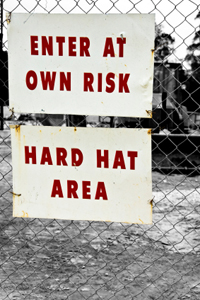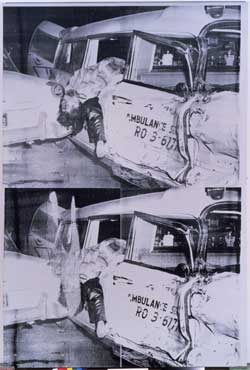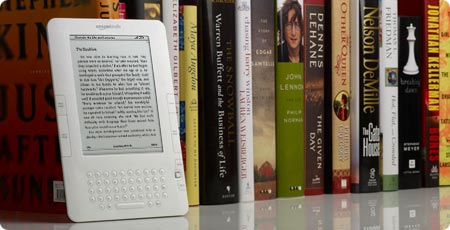
By Marc Weidenbaum
I’ve struggled with Dave Hickey’s book. It’s good to struggle, and I’m glad for this group, ’cause maybe I could get some help.
It’s a book about “beauty,” and the appreciation of beauty, and the way that beauty isn’t enough the subject of discussion and concern for those who are concerned with discussing art. I find that idea fascinating. Hickey dissects how beauty, the idea of beauty, is often ignored, and when he does so, it’s like watching a highly experienced (if at times self-involved and poetically opaque) sushi chef at work–or perhaps a highly experienced coroner, but I’ve never had that pleasure.
It’s a book largely concerned with a specific photographer, Robert Mapplethorpe, with a specific, charged social and political context intrinsic to his work’s consumption (at least, to Hickey’s point, at this stage, when we’re still too close in time to its production to ignore that context). I find that photographer’s work, not to mention his courage, inspiring. Hickey views those photos through a literary critical lens that proves illuminating, especially when his focus is Michel Foucault.
But in reading Invisible Dragon, I came to wonder if Hickey’s emphasis on the latter overshadowed the former to the point of essentially putting beauty back in a rhetorical dustbin. There’s so much about how the marginal is an essential component of beauty, that in the end, I feel like we’re back near stage one, where it’s mostly context, theory, politics, and the market that are the subject–and that combined, they are the source of validation: a socio-political lattice to support a proposition of beauty.
I fully appreciate that strange can be beautiful, but the ongoing suggestion here seems to be that strange is a necessity for beauty, and that doesn’t seem to play out. Forgive me for thinking of this simplistically, but: Would a subject of Robert Mapplethorpe’s photos find them and their content strange, or for that matter, more broadly, would an individual for whom that milieu is highly familiar? And if not, would those people then not be capable of finding these photos beautiful? And in a world that is increasingly accepting of the community that Mapplethorpe documented/celebrated/witnessed, is it therefore a matter that his work is less beautiful? Is Hickey saying that only the strange can be beautiful, that that which we think is beautiful but is not strange cannot be beautiful?
I know strange, like funny, means different things to different people. So perhaps all Hickey’s asking us to do is find the strange in whatever we find beautiful, and to find the beauty in things we find strange. But if so, that’s never as clear to me as the more paradoxical thing above that I was wrestling with.
That’s just part of my struggle, but it’s a start.






